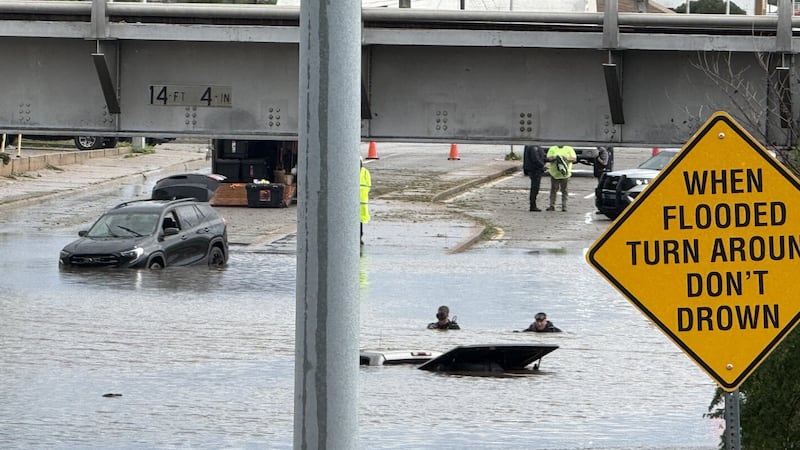Understanding Flash Flood Warnings: What You Need to Know to Stay Safe

With unpredictable weather on the rise, understanding what a flash flood warning means can make all the difference in keeping yourself and your loved ones safe. When severe thunderstorms hit, local authorities may issue a flash flood warning, signaling imminent or occurring rapid flooding in your area. Responding quickly and correctly to these warnings ensures your safety and helps prevent loss or injury.
What Is a Flash Flood Warning?
A flash flood warning is an alert issued by the National Weather Service when flash flooding is actively happening or expected shortly. Unlike a flood watch, which signals the possibility of flooding, a warning requires immediate action. Flash floods can develop in minutes, especially after heavy rainfall or storms, so staying informed is crucial.
For example, in Oklahoma, flash flood warnings were issued for multiple counties as repeated storms brought significant rainfall. Updates from meteorologists highlighted the urgency, stating, "moving water is the most dangerous type of water drivers can encounter." Read more about active flash flood warnings and current weather impacts.
Common Causes of Flash Floods
Flash floods occur when heavy rain overwhelms the ability of soil and drainage systems to absorb or move water. Urban areas are particularly vulnerable due to concrete surfaces and limited drainage. Rivers, creeks, and low-lying locations can swell rapidly, turning streets into rivers in just a few minutes.
In Payne County, recent forecasts put the community under an enhanced flood risk, with warnings that "excessive runoff may result in flooding of rivers, creeks, streams, and other low-lying and flood-prone locations." Local rainfall accumulations over a short period were enough to flood major roadways and low water crossings. Learn how enhanced flood risk affects your area.
Responding to a Flash Flood Warning
When a flash flood warning is issued:
- Move to higher ground immediately. Avoid basements and low-lying areas.
- Do not walk or drive through flooded roads. Even shallow water can sweep a person or car away.
- Monitor emergency updates and weather alerts via local news or weather apps.
- Prepare an emergency kit in advance, including important documents, water, and medication.
Unfortunately, every year lives are lost due to drivers underestimating the danger. In a recent incident, an individual drowned after attempting to drive through high water during flash flood conditions. See the real-life dangers of driving into floodwaters.
The Importance of Staying Informed
Weather can change quickly. Flash flood warnings often come with severe thunderstorms, hail, or even tornadoes. Staying up to date can make evacuation smoother. Always heed local advisories and consider your area's history with flooding. As reported by meteorologists, areas like Stillwater, Oklahoma, face persistent risks due to recurring storms, requiring constant vigilance.
Summary: Be Ready, Stay Safe
A flash flood warning is an urgent call to action. By understanding the risks and knowing how to react, you can significantly reduce danger for yourself and your community. Don't ignore warnings—prepare, stay informed, and prioritize safety above all. For more information and real-time updates, follow reports from trusted local news sources on flooding and severe weather events.